The Swedish artist Hilma af Klint is considered the forerunner of abstract art with her magnificent works, created between 1906 – 1920, which only in the 21st century were understood and valued in all their dimensions.
Recently, the Guggenheim Museum in New York exhibited a unique and impressive exhibition called “Hilma af Klint: Paintings for the Future,” a remarkable recognition for the work of the artist whose transcendence is still controversial. The exhibition was organized by the Solomon R. Guggenheim Museum, with the collaboration of the Hilma af Klint Foundation in Stockholm.
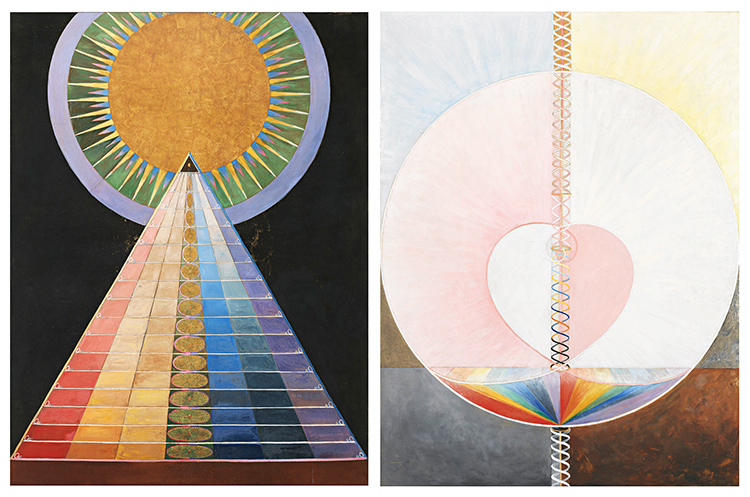
Born in 1862 as the fourth child of Captain Victor af Klint, a Swedish naval commander, and Mathilda at Klint. From her family Hilma af Klint inherited a great interest for mathematics and botany. She showed an early ability in visual art, and after the family moved to Stockholm she graduated with honors from the Royal Swedish Academy of Fine Arts. She began by expressing herself through portrait, landscape and botanical paintings. Her conventional paintings became the source of financial income.
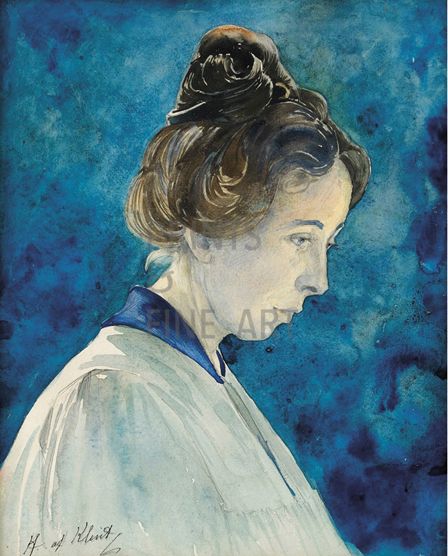
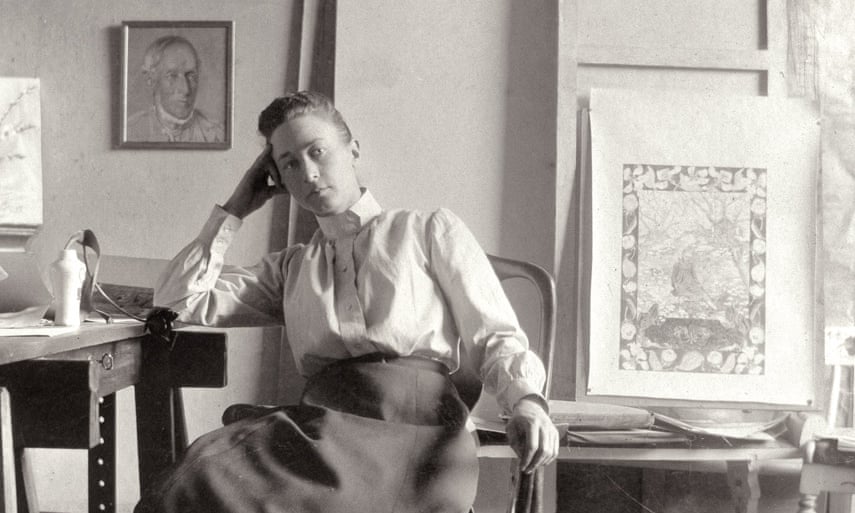
Family events and influences of spiritual movements such as theosophy and anthroposophy led Hilma af Klint to channel her creativity in works that are currently considered precursors of abstract art, an artistic expression which was developed later by Kandinsky and Mondrian.
The loss of her sister Hermina in 1880 kindled her interest in religion and spiritualism. Later, in 1896, she joined a small group of women called “De Fem,” a group of friends who shared her interests. During seances Hilma af Klint claimed to be able to commune with spirits. She told people she was assigned by the “High Masters” to create the paintings for the “Temple” – however she never understood what this “Temple” referred to. Hilma af Klint felt she was being directed by a force that would literally guide her hand. She wrote in her notebook.
“The pictures were painted directly through me, without any preliminary drawings, and with great force. I had no idea what the paintings were supposed to depict; nevertheless I worked swiftly and surely, without changing a single brush stroke.”
In total Hilma af Klint produced 193 Temple paintings between 1907 and 1908,
A series called The Ten Largest, describes the different phases in life, from early childhood to old age. She included symbols, letters and words. Some depict opposites: up and down, in and out, male and female, good and evil. These pictures, oils and tempera on paper, are more than 10 feet tall: free-wheeling, psychedelic, animated with fat snail shells, perky inverted commas, unspooling threads, against orange, rose and dusky blue.
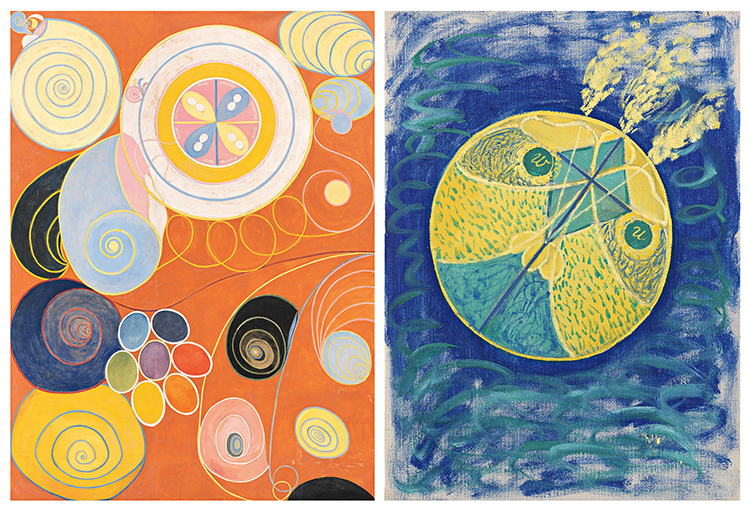
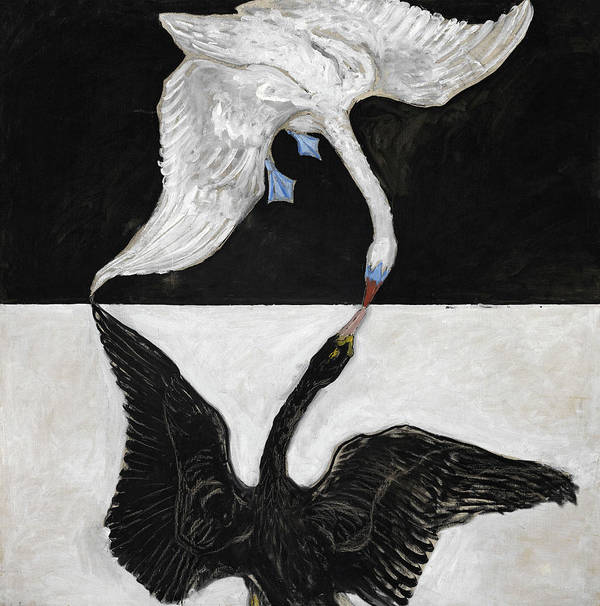
She invited famed philosopher Rudolf Steiner to see her paintings. She had hoped he would interpret the work. Instead he advised: “No one must see this for 50 years.” For four years after this verdict she gave up painting and looked after her sightless mother.
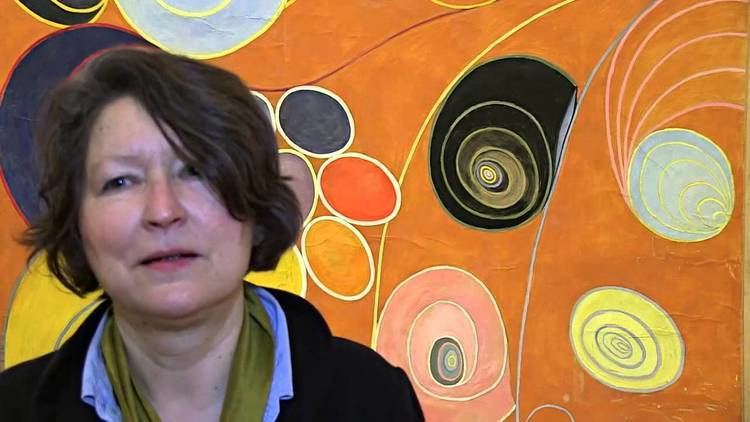
Hilma af Klint may have been among the first artists in Europe to create abstract painting. And why are we only hearing about her now? Hilma af Klint must partly answer – or answer for – this herself. When she died, aged 81, in 1944, she stipulated in her will that her work – 1,200 paintings, 100 texts and 26,000 pages of notes – should not be shown until 20 years after her death.
She left all her abstract paintings to her nephew, vice-admiral in the Swedish Royal Navy. When the boxes were opened at the end of the 1960’s, very few persons had knowledge of what would be revealed.
A new documentary by Zeitgeist Films present an extraordinary review of her life’s work. You can watch a Youtube trailer at this URL: